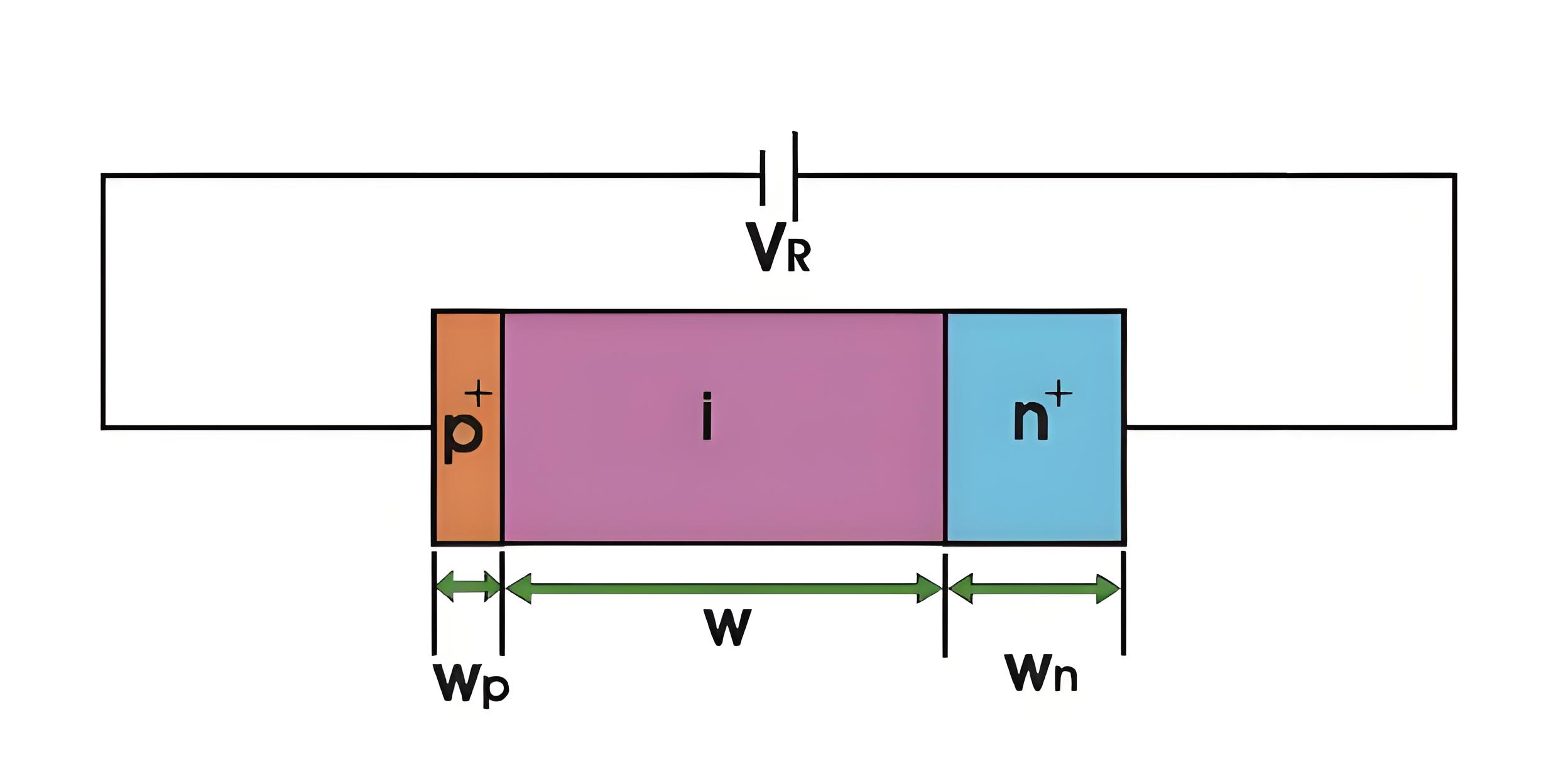What is a PIN Photodiode?
What is a PIN Photodiode?
PIN Diode
PIN photodiode is a kind of photo detector, it can convert optical signals into electrical signals.This technology was developed in the late 1950s. The diode consists of three distinct regions.
It includes a p-region, an intrinsic region, and an n-region. The p-region and n-region are more heavily doped compared to those in standard p-n diodes. Additionally, the intrinsic region is wider than the space charge region of a normal pn junction.
The PIN photo diode operates with an applied reverse bias voltage and when the reverse bias is applied, the space charge region must cover the intrinsic region completely. Electron hole pairs are generated in the space charge region by photon absorption. The switching speed of the photodiode’s frequency response is inversely proportional to its carrier lifetime.

The switching speed can be enhanced by a small minority carrier lifetime. In photodetector applications where response speed is crucial, the depletion region should be widened as much as possible to decrease minority carrier lifetime, thereby increasing switching speed. This can be achieved PIN photodiode as the insertion of intrinsic region the space charge width larger. The diagram of a normal PIN photodiode is given below.
Avalanche photo diode (not to be confused with an avalanche diode) is a kind of photo detector which can convert signals into electrical signals pioneering research work in the development of avalanche diode was done mainly in 1960’s.Avalanche photodiode structural configuration is very similar to the PIN photodiode. A PIN photodiode consists of three regions-
P-region,
Intrinsic region,
N-region.
The difference is that reverse bias applied is very large to cause impact ionization. For silicon as the sc material, a diode will need between 100 to 200 volts. Firstly electron- hole pairs are generated by photon absorption in the depletion region. These additional electron-hole pairs are generated through impact ionization and are quickly swept out of the depletion region, resulting in very short transit times.
The Electricity Encyclopedia is dedicated to accelerating the dissemination and application of electricity knowledge and adding impetus to the development and innovation of the electricity industry.













